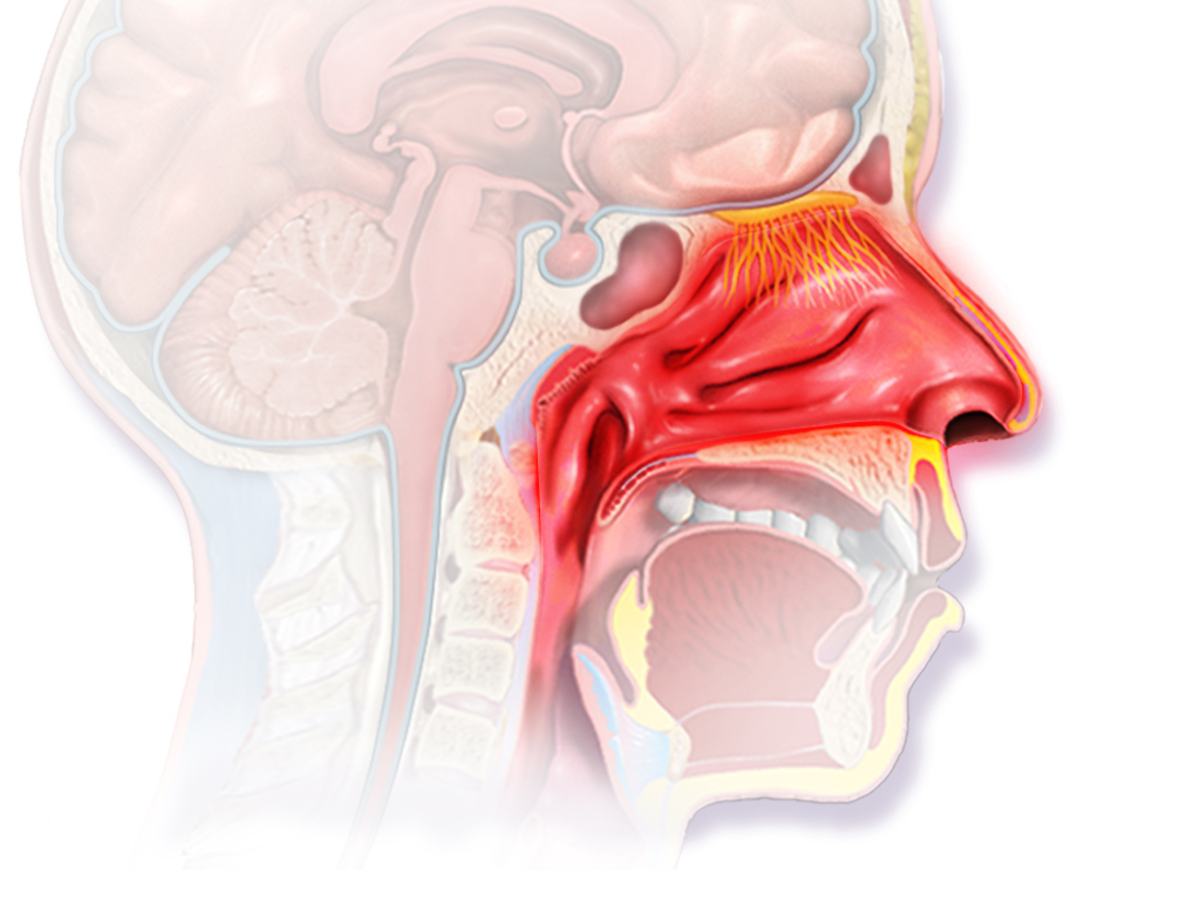Allergy Relief: Guide to Immunotherapy
Oral and intranasal allergy medications do not provide adequate relief for certain allergy sufferers, such as those suffering from severe allergies or those suffering for more than three months out of the year.[1] Allergy shots, also known as immunotherapy, have reduced symptoms for some of these patients; however, this form of treatment is not a cure.

The Effectiveness of Immunotherapy
Patients typically undergo allergy skin testing before their first shot for definitive allergen substance reaction(s). Allergens that turn up positive on their testing will be included in their immunotherapy. Patients receive weekly incremental dosages, gradually increasing over time, allowing the immune system time to build a tolerance to each substance. Eventually, patients reach a maintenance dose; however, the time it takes before a maintenance dosage is achieved varies from patient to patient.
Immunotherapy is usually effective in reducing various pollens, dust mites, stinging insects, pet dander, and mold allergies, including asthmatic allergies; unfortunately, allergy shots have not been shown to be a proven treatment in patients with food allergies or hives.[2]
Patients do not necessarily have to get a shot. In certain cases, they can take under-the-tongue tablets, but one should discuss this with their allergist.
Get on the phone and go to the nearest emergency room if you have shortness of breath, a tight throat, or any other symptoms that worry you after getting your shot.
— WebMD
Risks Associated With Immunotherapy
Allergy shots are not for everyone and may put those who take certain medications or suffer from certain diseases, such as lung or heart disease, at risk for complications. Patients should report all medications they are taking to their physician because some have the potential to interfere with treatment and/or produce adverse effects. Patients who are pregnant or are planning to become pregnant may be advised to hold off on treatment until after pregnancy.
Patients may experience mild symptoms, including irritation, redness, and/or swelling at the injection site, which may last upwards of eight hours after treatment; however, patients should report any side effects to their physician.[3]
Anaphylactic Shock
Because anaphylactic shock is a possible risk of immunotherapy, allergy shot recipients are generally required to stay at their healthcare provider’s office for 20-30 minutes after their injection. Severe symptoms may not occur until after the patient has left the office. Therefore, some physicians prescribe an Epi-Pen for immediate relief of anaphylactic shock symptoms. Keep in mind that patients must still seek emergent care after self-injection. The following are possible symptoms associated with anaphylactic shock:
- Tight throat
- Shortness of breath
- Other allergic reactions
What Patients Should Expect From Immunotherapy
The time between each allergy shot at a health care provider’s office can range anywhere from one to four weeks over two to five years. Therefore, potential recipients should be aware of the time commitment immunotherapy requires.
While immediate relief is not typical, allergy shots have the potential to alleviate some or even all of one's symptoms. The timeline for symptom relief, however, can vary from patient to patient.
If your symptoms don’t improve after a year of shots, talk with your doctor about other treatment options.
— WebMDReader Poll
What form of allergy relief do you use?
Source
[1-3] WebMD website. Allergy Shots, http://www.webmd.com/allergies/guide/shots. Accessed February 17, 2017.
This content is for informational purposes only and does not substitute for formal and individualized diagnosis, prognosis, treatment, prescription, and/or dietary advice from a licensed medical professional. Do not stop or alter your current course of treatment. If pregnant or nursing, consult with a qualified provider on an individual basis. Seek immediate help if you are experiencing a medical emergency.
© 2017 Sarah Mitchell








